Head of PTC Cargo Olzhas Shilterkhanov — about railway transit through Kazakhstan
Today, Kazakhstan is actively developing new railway transport corridors, including the Trans-Caspian Transit Route (TMTM), along which goods travel to Europe. The General Director of PTC Cargo (part of PTC Holding) told Kommersant about the prospects of TMTM, the dynamics of demand for transit transportation through Kazakhstan, new infrastructure development projects in the country, as well as diversification in the field of multimodal logistics Olzhas Shilterkhanov.
— What will the year 2023 be most remembered for both the transport industry and PTC Cargo?
— If we take the transport industry as a whole, including the railway, then this year there was a time when there was a large increase in volumes, there was also a period of recession: September, October, especially in the European direction. The same can be said about the rolling stock: For a while there was an acute shortage of wagons, and at some point, in October, there was a surplus. The market was unstable, one might even say it was feverish. This was influenced by the global geopolitical situation, and the fact that in the second half of the year, rates on sea freight fell sharply — up to $1-1.2 thousand. for a 40-foot container from the eastern ports of China to Europe. And from Europe, some companies took the cargo back to China for very modest money. Judging by the data published by large shipping lines, at some periods they began to record losses, and very decent losses.
As for us, PTC Cargo, it was also a challenge for us — we tried to cope and quickly adjusted to the market. That is, the work was intense: we tried to overload everything at our terminal in a timely manner and provide rolling stock so as not to delay cargo for a long time. The main thing that was planned for this year was the opening of our subsidiaries. First of all, I want to note that in May we opened an office in Shanghai in order to work more closely directly with Chinese manufacturers. We have also increased the fleet of containers. At the moment, we have about 2.1 thousand containers of various types in operation: both 20-foot and 40-foot. And, of course, the opening of an office in Georgia — the construction of a terminal in the port of Poti is already actively underway. In the future, we plan to open — most likely, at the beginning of next year — an office in Istanbul, followed by offices in Europe and Korea.
— You say that the market was in a fever. What was the reason for this?
— I think the main problem is the geopolitical situation. So to speak, a geopolitical force majeure. This factor has a greater impact than if the shipping lines or someone else were trying to dump and pick up more cargo. Plus, we see what is happening in the Red Sea: because of the Houthis, many lines have already been indicated that they will leave via a long-distance route, bypassing Africa.
— Is it necessary to change the routes on which goods are delivered from China to Russia or from China to Europe and vice versa due to such hot spots in an operational mode?
— Yes, I have to, but I think it has always been like this, especially after the pandemic: both the market and customers very quickly began to adapt and adapt to such situations. There are a lot of routes now, but in fact they have always been there. It’s just that now everyone has begun to put a special emphasis on it. The market adjusts very quickly and chooses its route, but in any case, the freight rate is important for the client. Yes, for certain reasons, now some goods cannot travel on certain routes, but then they already choose from what they have, even if it is expensive.
— What kind of service have you provided to customers this year? Perhaps, taking into account the opening of an office in Shanghai, some new services have appeared?
— Previously, before the opening of our subsidiaries, we provided services in chunks. Conditionally, we only did overloading at Dostyk station and provided our platforms for overloading for further delivery to the destination station within the CIS, etc. But now, since the beginning of the year, we have already provided our customers with a range of services up to picking up cargo at the departure station with loading into our containers, then with our service in all territories and using our terminal at Dostyk station.
That is, using all our assets to the maximum, we provide our clients with a full range of services so that at each stage of the chain we can control transportation and guarantee the quality and level of service to the client.
In Shanghai, our office provides a full range of services on the Chinese side and closes the first mile, then, having sent goods in transit through Kazakhstan, our head office in Astana already picks them up here. In terms of the last mile, we already have subsidiaries in Russia, Uzbekistan, Georgia and will soon be in Istanbul. Accordingly, the last mile is also closed, and the client can receive a full range of services from one company on the principle of «one window».
— If we talk about the results of this year, what can we say about how transit is growing in general, including the example of PTC Cargo? The company also operates a cargo handling terminal at Dostyk station Dostyk TransTerminal.
— If we take Dostyk and Altynkol stations as a whole, then, as I know, according to KTZ, the annual transit volume plan has already been fulfilled in 11 months of 2023. Accordingly, this year the volume of traffic really grew very much, despite the strong jumps that I mentioned earlier. And for our company, it was also a kind of challenge. I think that the volume of transshipment at our Dostyk Trans Terminal at the end of the year will be about 180 thousand TEU, which will be a record for our terminal. Although the capacity of our terminal is 320 thousand. TEU per year, that is, there is something to strive for, there is something to show our Chinese partners so that they do not doubt the infrastructure capacities of both Dostyk and our terminal.
The number of our clients is growing. We are now trying not only to handle container transshipment, but also to carry out multimodal transportation using our terminal. There are cargoes that arrive in containers at our terminal, are loaded into cars, and then delivered to the final destination. Or if we take exports from Kazakhstan, then these are cargoes that arrive in a universal fleet at our terminal, and then go to China with transshipment into containers. Accordingly, using our terminal, we try to develop new services and offer them to our customers.
— Is the subsidiary in Shanghai already helping to attract new shipments or new customers?
— The effect is definitely already there, because China, firstly, the world economy, and secondly, has a very large production base. Accordingly, the purpose of opening a subsidiary was precisely to work directly with cargo owners, shippers or owners of these industries. Now we already have new contracts, for example, the transportation of automotive components. There are several car assembly plants in Kazakhstan — in Almaty and in Kostanay. We are currently providing services for the transportation of automotive components from China to Kostanay for SaryarkaAvtoProm. This is exactly what I said earlier: here, for our customers, we provide a full range of services with the provision of our containers up to delivery to the factory. This is just one of the projects. There are others that we are currently working on.
— Now the Trans—Caspian Transport Route (TMTM; also known as the Middle Corridor — a route from China to Europe through Kazakhstan, Azerbaijan, Georgia and Turkey) has attracted great attention from the top leadership of several countries. An alliance has already been established between Kazakhstan, Azerbaijan and Georgia based on the model of the EPA Transport Company (an operator of container transportation through Kazakhstan, Russia and Belarus, owned by the railways of the three countries). You are building a terminal in Poti, that is, TMTM begins to overgrow the infrastructure. In your opinion, what are the advantages and problems of TMTM?
— If I’m not mistaken, the TMTM consortium was established in 2017. Over the past two years, this route has been very actively discussed and there is some support from our ministries and the head of our state. But again, I want to say that all these routes have been around for a long time, there are certain cargoes and customers who have always shipped along these routes. It’s just that now, taking into account the geopolitical situation, everyone is starting to focus on the names of these routes: «Middle Corridor», «Northern», «North—South» and so on. But, in fact, these corridors have always been, will always be, and each corridor has and will have its own cargo flow. Yes, if TMTM used to work at its maximum or, taking into account all the bottlenecks, it may not have developed, now Kazakhstan, Azerbaijan and Georgia (Turkey is also joining now) are paying great attention, creating a «roadmap» for bottlenecks in order to further develop the route and increase the volume of transit and export cargo. I think there is a prospect for this route. As a holding company, we also studied all these bottlenecks (we were in the working group of the Ministry of Transport to eliminate them), having studied them, we realized that this route has potential, and only after that we began construction of a terminal in the port of Poti. We have shipped goods along this route before. It’s just that now everything is being done to increase this cargo flow. And since there is such great support from all these countries, I think that an increase in the volume and development of the potential of this route is inevitable.
— What is the most popular route for rail transit through Kazakhstan today?
— The most relevant, I think, is still the «North» (through Russia and Belarus.— “Kommersant»). If we are talking in the direction of Europe. Why? To begin with, when the China—Europe trains began to depart in 2011, there were also a lot of problems there. I remember the creation of the united company OTLK EPA just to solve these issues and eliminate bottlenecks on the Northern Route. Now it has become more familiar to everyone, smoother, without obstacles, on which all deadlines are met. It’s the same here. The middle route, of course, was created a long time ago, but now a lot of emphasis is being placed on its development, a combined company is being created. All this is being done in order to develop this route so that it is as relevant as the «Northern» one.
— Kazakhstan plans to develop railway border crossings with China and, in particular, announced its intention to build a new branch line to China (Bakhty—Ayagoz) and a new railway border crossing. What will it give us?
— The development of border crossings and the construction of new ones is being done in order to develop and increase transit cargo flow through Kazakhstan. I think that Bakhty—Ayagoz as a new border crossing, as a new route, will find its own cargo flow and volume, since the transport situation is changing very quickly and quickly adjusts. Of course, the price is important, but in any case it will be one of the shortest routes to Russia, allowing you to quickly deliver goods. And he will help unload other crossings — Dostyk and Altynkol — and in any case will take on some volume.
— As the head of the company, can you assess what was its biggest breakthrough in 2023? And, on the contrary, perhaps there is something that was planned, but for some reason has not yet been implemented?
— In general, as I said, the breakthrough for us is that we will transfer about 180 thousand TEU at our terminal. This is a challenge for us, but next year, of course, we will continue to raise the bar. Another breakthrough was the acquisition of certain assets. This is a challenge for us, because we also need to be able to cope with this household. We are now increasing the fleet of our own containers, and we plan to increase the fleet of rolling stock in the form of fitting platforms. And the third is the opening of subsidiaries, which allows us to become a vertically integrated company and provide high—quality service to customers at every stage of the chain. As for the question of whether there were any projects that we would not be able to complete this year, I think there is no such thing. On the contrary, every year we raise the bar and increase the volume.
— What are you planning to do in 2024?
— In 2024, we will place great emphasis on multimodal transportation and project logistics. We are currently working on and discussing the development of multimodal transportation with major container operators both in China and in other countries. We have already signed an agency for containers of certain large shipping lines to help them manage their equipment both in Kazakhstan and in Central Asia. We plan to develop the multimodal transportation sector, for this the company operates all assets: These are containers, cars, and container ships already appearing in our fleet, and in principle, if necessary, a universal fleet will be attracted or purchased.
Project logistics is when transportation is carried out for a large investment project. Spare parts, equipment and everything necessary for one large facility are delivered. In particular, there will not only be container transportation — it will be the transportation of oversized cargo, it will be transportation in containers and in a universal fleet, that is, transportation of various types.
In project logistics, it is not only necessary to arrive, pick up the cargo and take it to the destination station — non-standard logistical tasks are designed and implemented there, using all types of transport.
— So today the company is able to provide multimodal transportation, including by sea?
— Yes, that’s right.
https://www.kommersant.ru/doc/6425952
 010000
010000  Астана, пр. Туран, 18
Астана, пр. Туран, 18 Астана, пр. Туран, 18
Астана, пр. Туран, 18 Астана, пр. Туран, 18
Астана, пр. Туран, 18 100015
100015 ![]() China, Shanghai Pudong New Area No. 1168 Century Avenue Dongfang Financial Plaza
China, Shanghai Pudong New Area No. 1168 Century Avenue Dongfang Financial Plaza![]() Кыргызская Республика 720011, город Бишкек Первомайский район, ул. Раззакова, д.32
Кыргызская Республика 720011, город Бишкек Первомайский район, ул. Раззакова, д.32![]() Грузия, г.Поти ул. Хоби № 7
Грузия, г.Поти ул. Хоби № 7

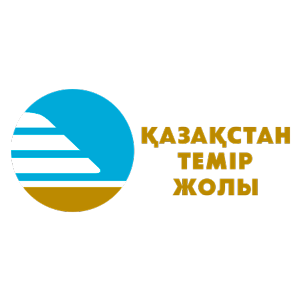
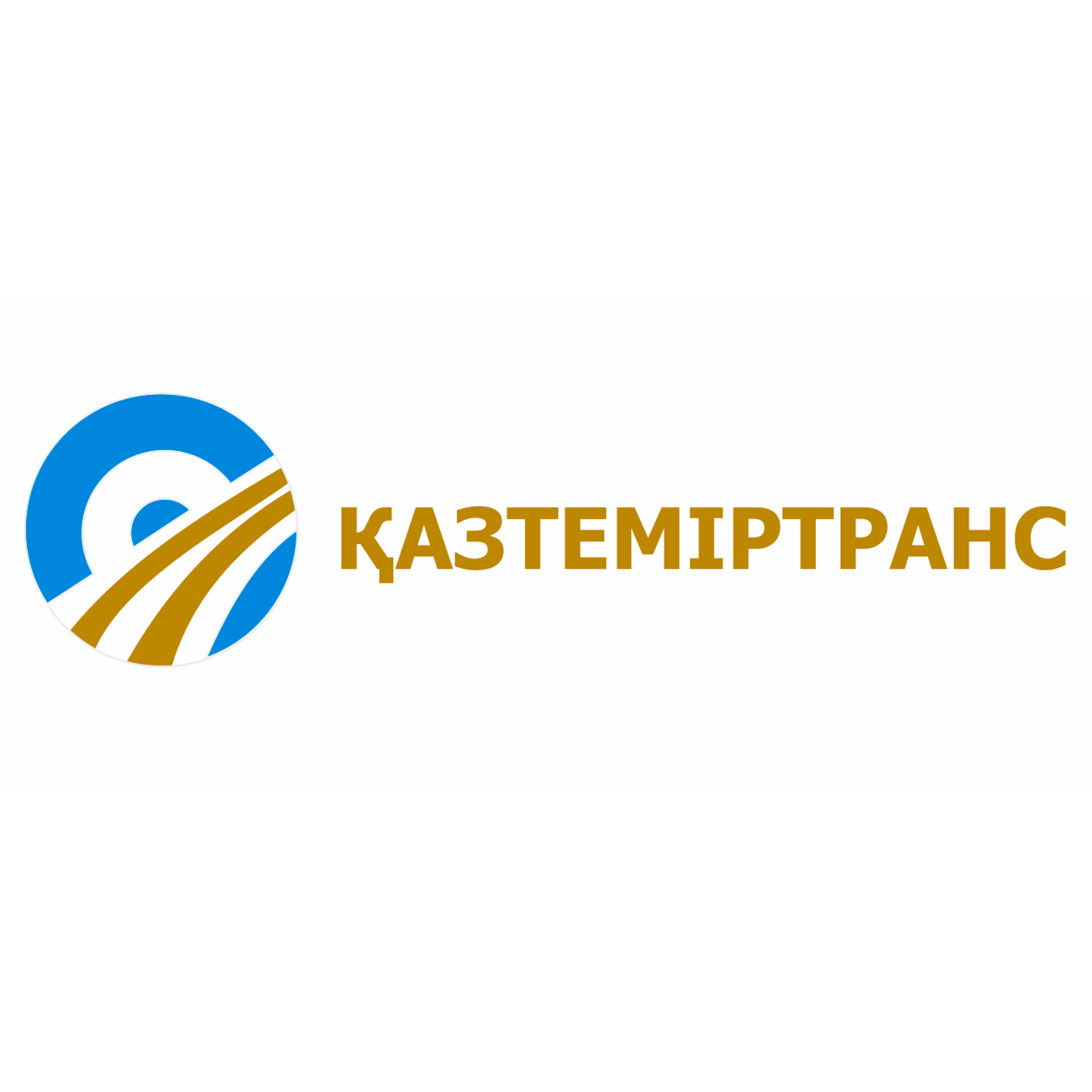
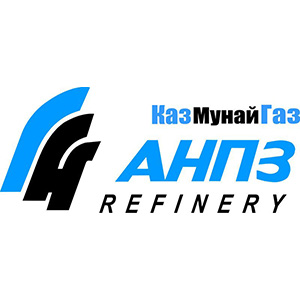
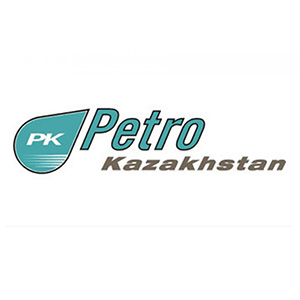
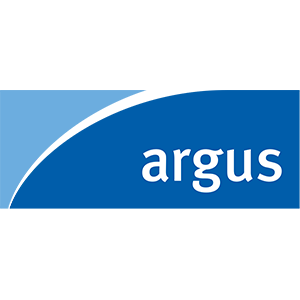
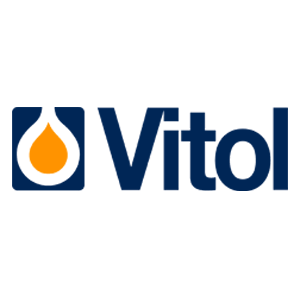
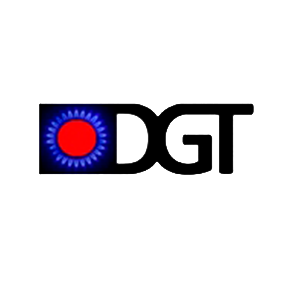





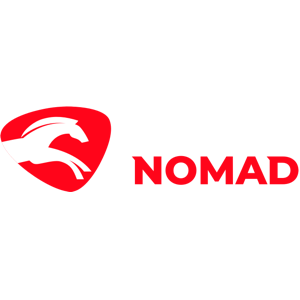

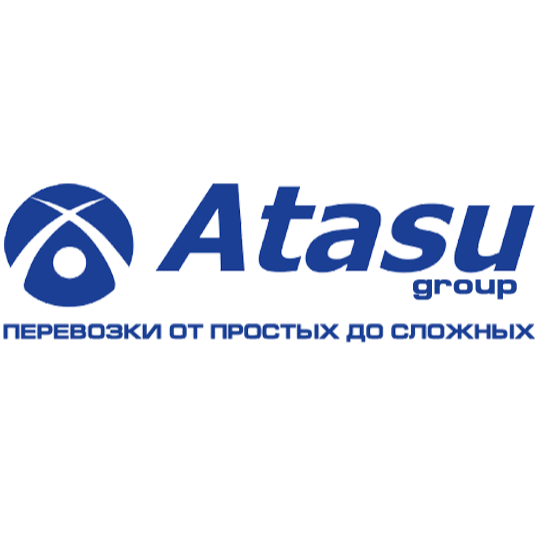


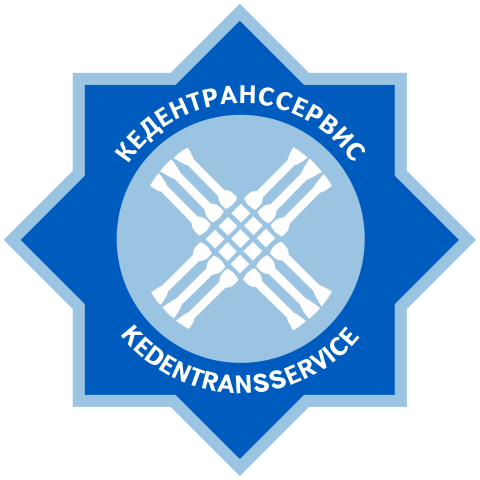
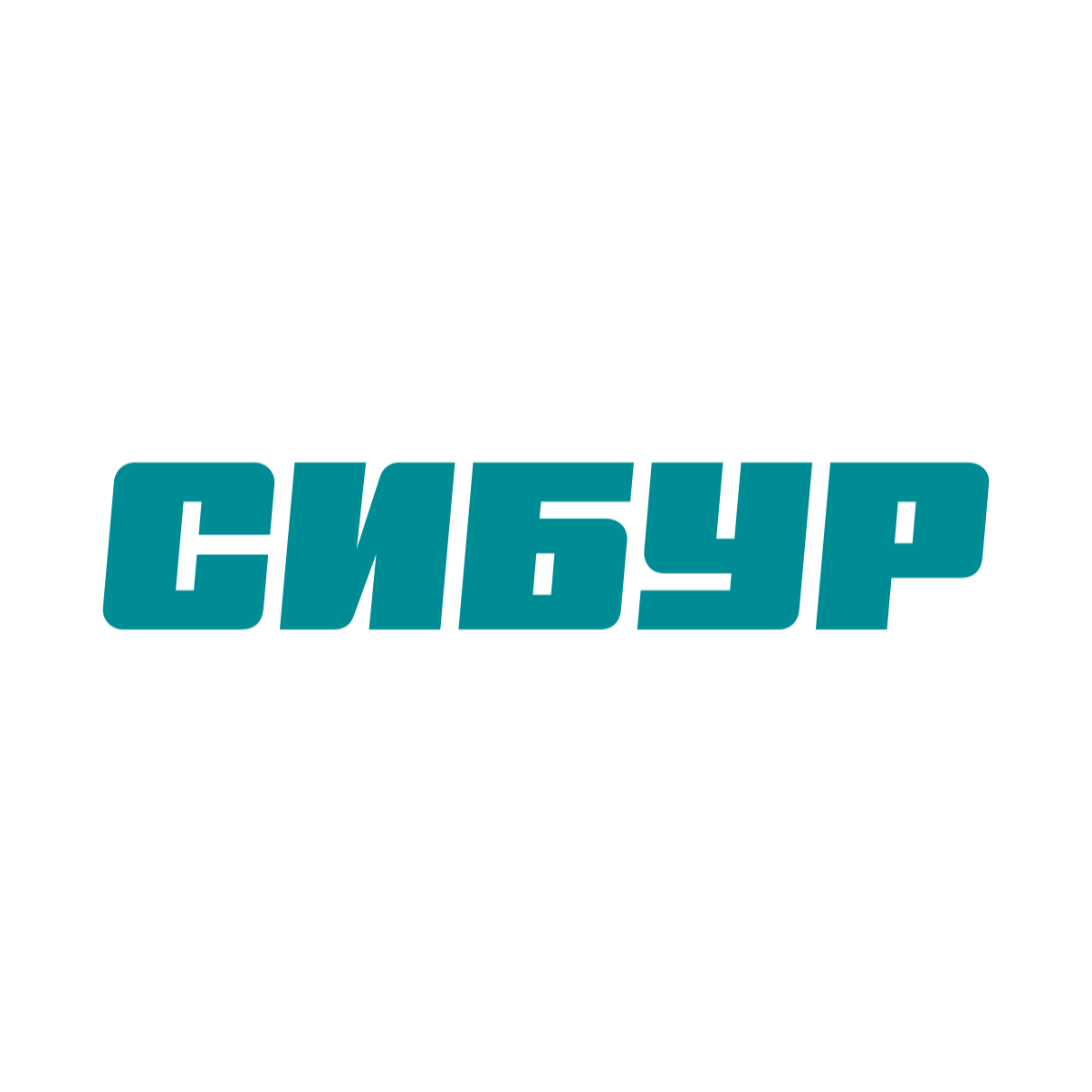
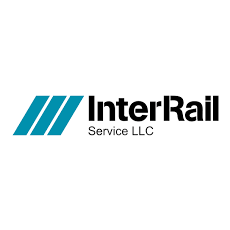

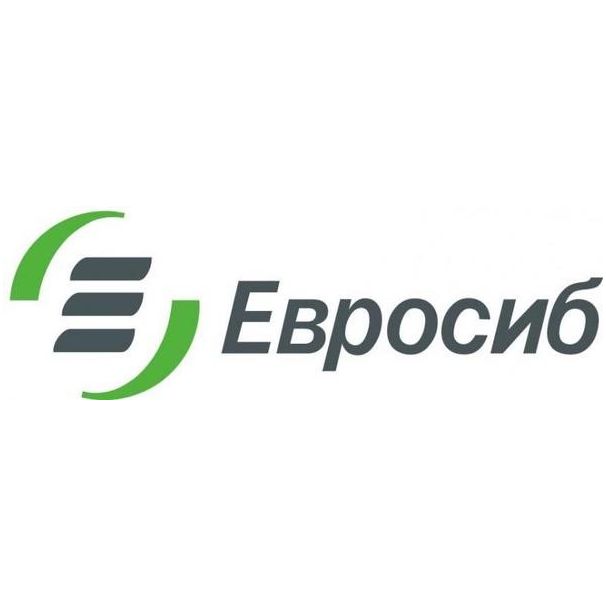

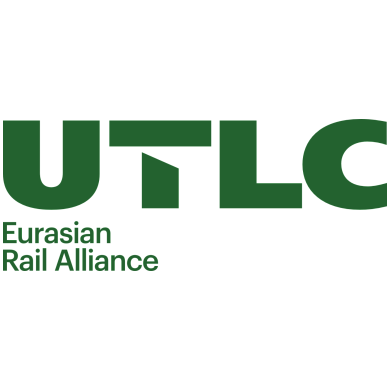
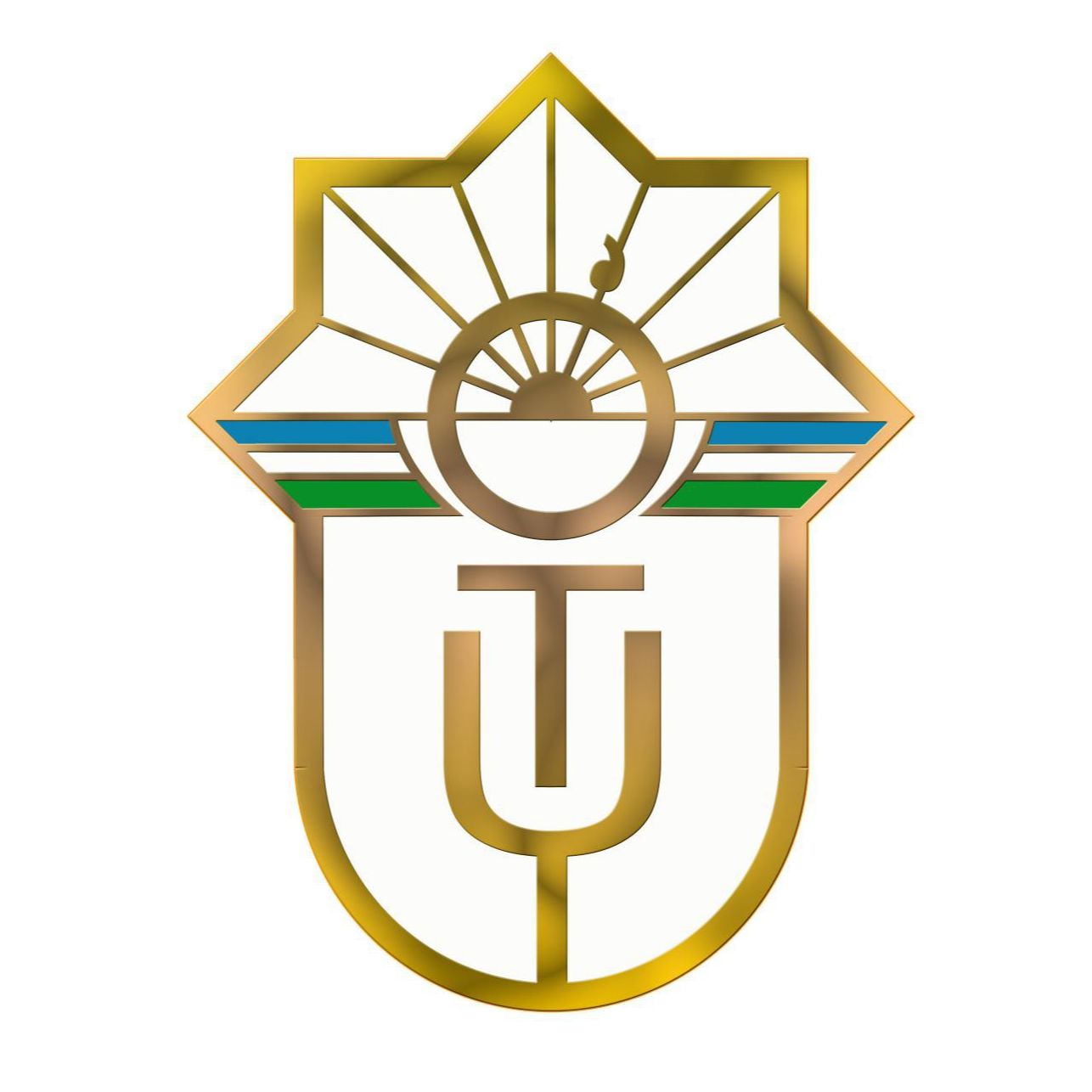
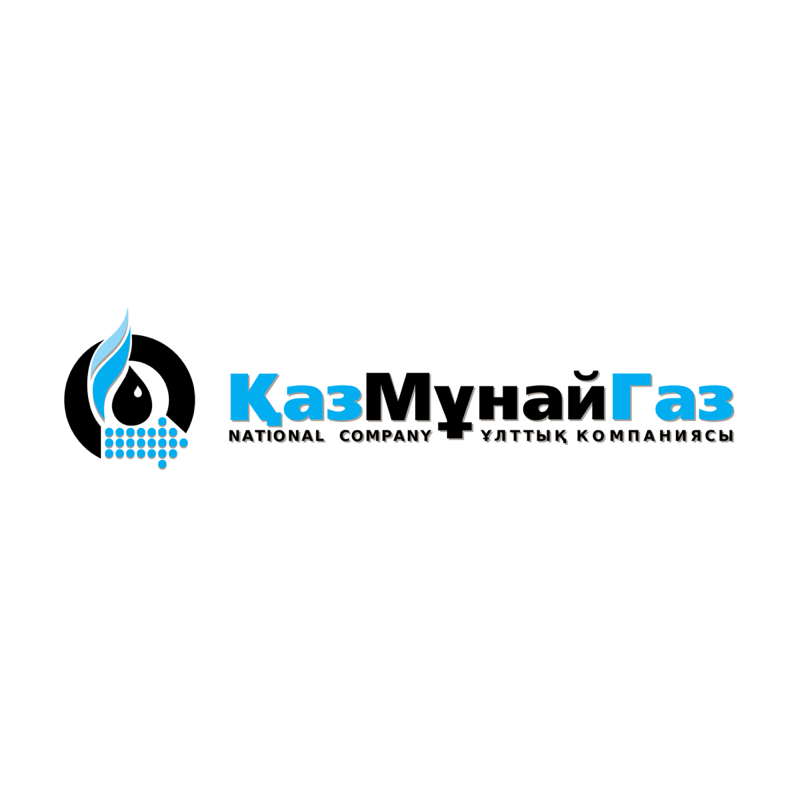
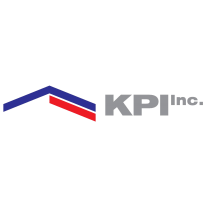
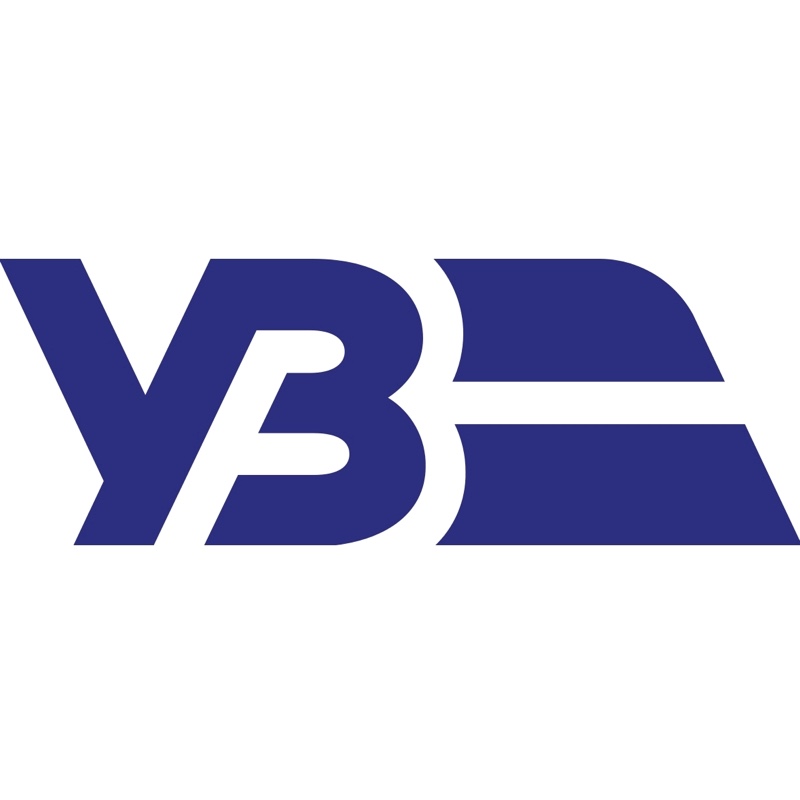
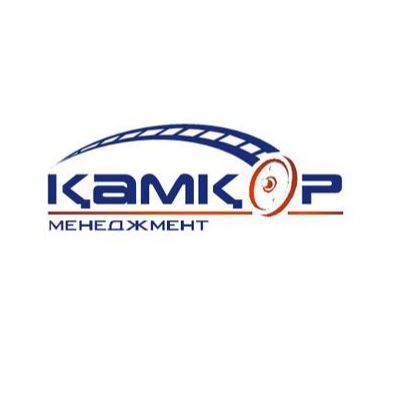
 123112
123112